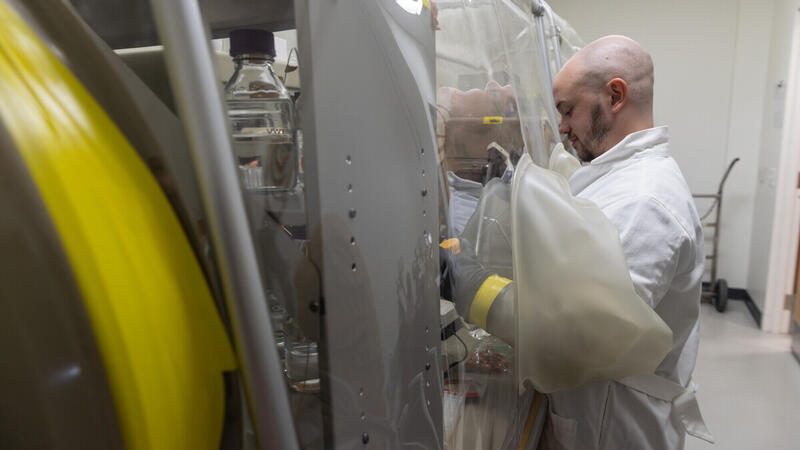News
Dual approaches pinpoint genes for better biofuel production
The Great Lakes Bioenergy Research Center hosted 10 REU (Research Experience for Undergraduates) students in summer 2018. Seven students participated in bioenergy-related research at Michigan State, and three at UW–Madison. We asked them to tell us a little about their interests, motivations, and/or goals related to bioenergy research at GLBRC.
Studies of plants in the University of Wisconsin–Madison Department of Biochemistry span everything from how they can be grown or consumed for agricultural or bioenergy purposes to a basic understanding of cell biology in plants and animals.
Imagine a new and improved biorefinery, one that produces advanced biofuels as environmentally sustainable as they are economically viable. In the biorefinery of the future, every step of the pipeline is optimized, almost every part of the energy crop is used, and the entire system, from field to fuel, serves to drive down carbon emissions.
University of Wisconsin–Madison Professor of Chemistry Shannon Stahl has received the Steenbock Professorship in Chemical Sciences, one of the most prestigious and important professorships at UW–Madison. Stahl is also an affiliate of the Wisconsin Energy Institute.
A prestigious early-career award from the U.S. Department of Energy will help a University of Wisconsin–Madison researcher and his team create new modeling tools that will help optimize the microbial production of biofuels and bioproducts.
University of Wisconsin–Madison biochemistry assistant professor Philip Romero is a recipient of a 2018 Shaw Scientist Award from the Greater Milwaukee Foundation. The awards come with $200,000 in seed funding to support innovative research approaches and the career development of young investigators.
Your next bite of local bread or gulp of Madison beer might just have a little piece of Sheboygan in it. Sheboygan yeast, anyway.
On a rainy day last fall, chemist Scott Wildman left his office on the UW– Madison campus and drove to a retirement community on the city’s west side to bring 40 years of scientific work out of the dark.
Zymomonas mobilis is a creature of habit, a bacterial species that loves to eat simple sugars and produce ethanol, but shows little interest in anything else.





